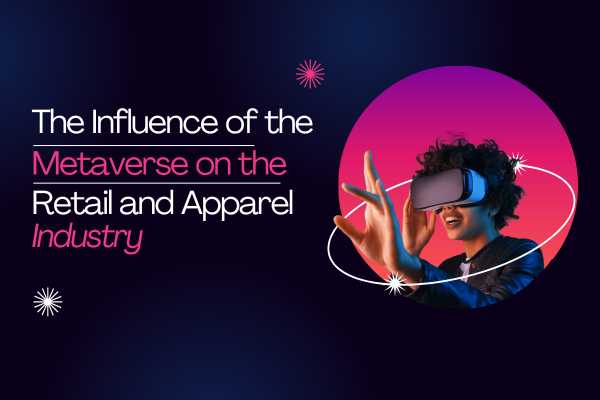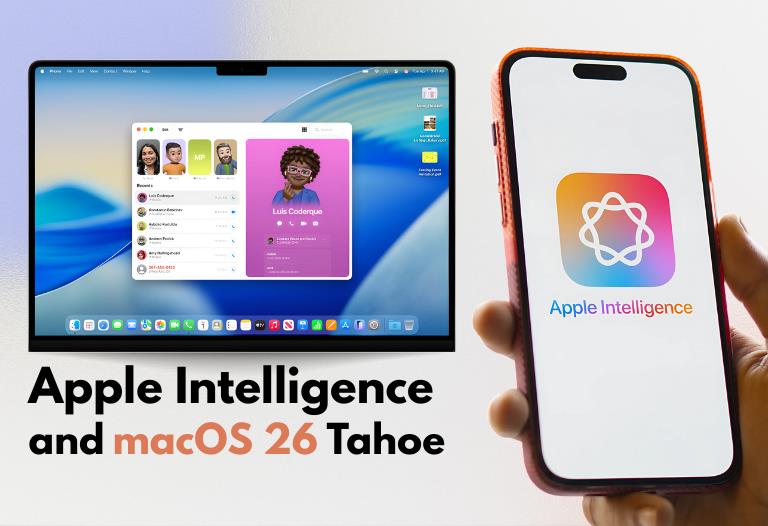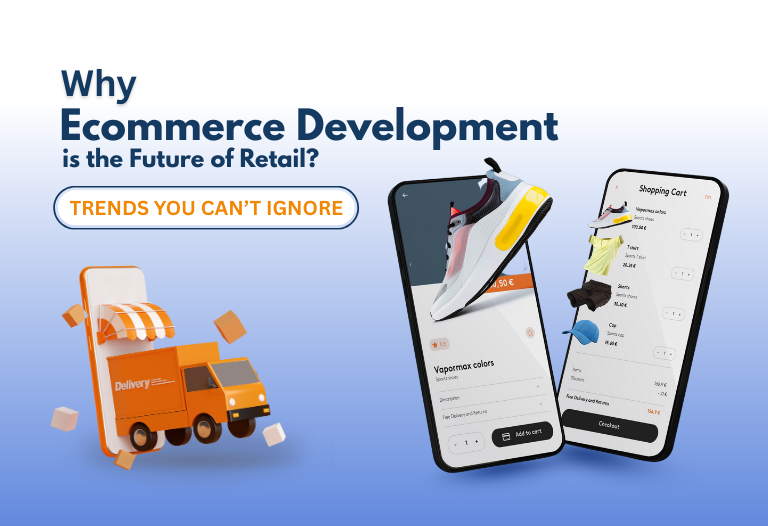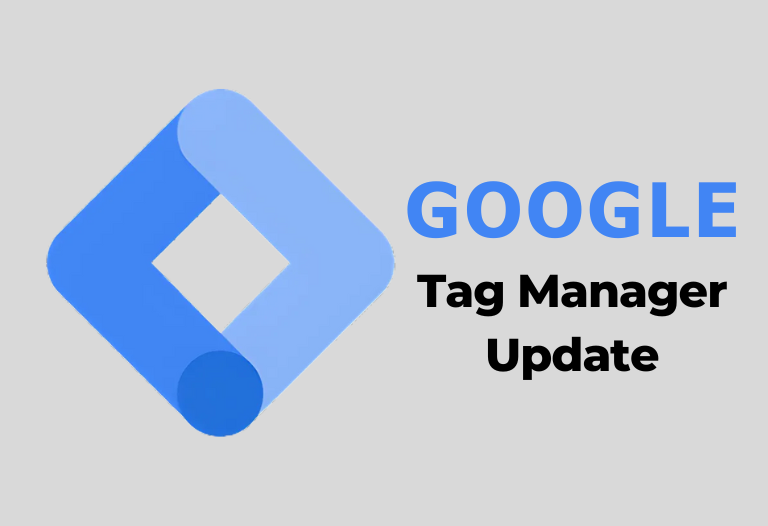
GlobalData predicted that the metaverse will generate more than $627 billion in revenue by 2030, a growing CAGR of 33% from 2022. However, despite these anticipations, the retail sector is expected to adopt the metaverse not so quickly due to the scarcity of advantages.
The Metaverse in Retail Industry
Currently, the metaverse is in the initial development phase and has an uncertain future in the retail industry. Mainstream adoption of this technology has yet to be achieved, and its limited audience reach indicates that the risks are higher than the potential benefits. The retail sector has been dramatically moved by inflation rates, necessitating the need for long-term and profitable business decisions. No such evidence reveals that metaverse adaptability would enhance retailers’ profitability.
What is the Next Big Thing?
While the metaverse was once a prominent buzzword in 2022, it quickly became outdated by 2023. Consequently, retailers are unlikely to involve themselves with this technology heavily and are not expected to sell off their physical spaces shortly. However, the metaverse offers some potential to address retail challenges.
Inflation presents a significant obstacle for the retail sector as it experiences escalating costs throughout the entire retail value chain. In response to the impact of high inflation, some retailers are exploring the metaverse to reach consumers. Despite yet to achieve mainstream adoption, users are already actively investing their time and money in this technology.
One of the best examples of this is Nikeland, the metaverse store by NIKE, which attracted a remarkable 21 million visitors within just three weeks of its launch. While physical stores remain relevant, the metaverse and digital marketplaces hold the potential for further profitability. However, it is crucial to acknowledge that inflation is the foremost challenge facing the retail sector, resulting in reduced investments by retailers in the metaverse.
The retail supply chain
The retail industry has also been grappling with supply chain disruptions since 2020. The pandemic has caused labor shortages and disrupted manufacturing and logistics operations, particularly in China, where cities and ports were repeatedly shut down due to the government’s zero-Covid policy, which was revoked in December 2022.
Before the Covid-19 pandemic, the landscape of retail business models and supply chains had already been revolutionized by e-commerce. However, the pandemic unleashed an ongoing supply chain challenge compounded by Brexit and high labor costs.
As retail supply chains expand, the metaverse emerges as a potential solution to alleviate pressures by facilitating collaboration between suppliers and retailers. Through virtual meetings on collaboration platforms like Microsoft Mesh for Teams, Horizon Workrooms, and Gather, workforce members can effectively address supplier demands, develop accurate income projections and forecasts, and engage in real-time discussions concerning inventory management and shipping delays. The metaverse offers a promising avenue for enhancing supply chain operations in the retail industry.
The concept of using the metaverse for retail supply chains aligns with the idea of digital twins. Supply chain digital twins simulate supply chain models using real-time data to make forecasts. The metaverse can bridge virtual and physical worlds.
As supply chains are digitized across various industries, the metaverse has the potential to foster novel avenues for connectivity and bolster transparency within the supply chains of retail companies. The metaverse can enhance mostly retailers’ marketing efforts.




 July 15, 2023
July 15, 2023










